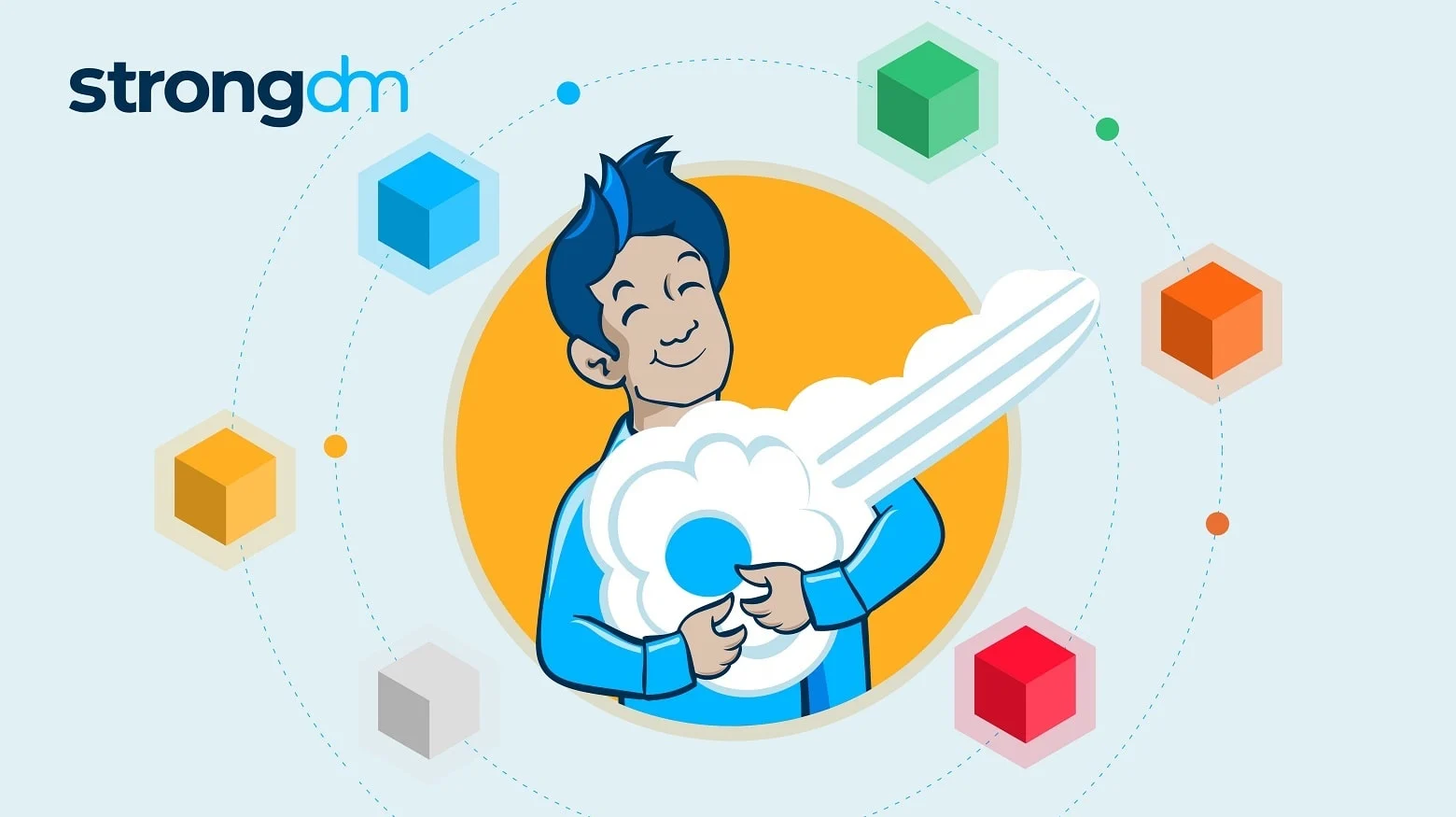

Written by
Maile McCarthyLast updated on:
March 25, 2025Reading time:
Contents
Built for Security. Loved by Devs.
- Free Trial — No Credit Card Needed
- Full Access to All Features
- Trusted by the Fortune 100, early startups, and everyone in between
Legacy PAM Wasn’t Built for Convenience
PAM tools like BeyondTrust, Delinea, and CyberArk were built in response to a compliance obligation. PAM helped companies answer the question: do you manage privileged user accounts in a way that can be audited? And that was the primary thrust of those products.
They weren't built for machine-to-machine secrets management. They didn’t establish a Zero-Trust network. Ease of use, productivity, and even security often took a back seat.
PAM existed for administrators inside of the data center as they, e.g., logged into a Windows Server to reboot it. These were highly-technical people, accessing highly-privileged accounts.
Machines and People Have Different Needs
But access is about more than just compliance. Machines and people both need a secure way to communicate with applications–and that means they need a way to manage secrets.
Secrets managers like AWS Secrets Manager, Cyberark Conjur, HashiCorp Vault, GCP Secret Manager, and Azure Key Vault evolved inside the data center and cloud to support machine-to-machine communication. Similarly, tools like Dashlane, 1Password, and LastPass evolved at the desktop to help people store and retrieve their own secrets–primarily passwords–in order to talk to applications.
Technically, these tools have a lot of comparable underpinnings. Any of them could manage your privileged accounts.
You could use CyberArk for everything if you really wanted to.
You could use HashiCorp Vault for everything if you really wanted to.
You could use 1Password for everything if you really wanted to.
But do you really want to?
Think of it like this: You can haul your lumber, cement, and potting soil in a sports car, sedan, or even a bicycle. But there are clear advantages to using a truck.
Why not choose the best tool for the job?
StrongDM Bridges the Gap Between People and Machines
StrongDM offers secure access that puts your people first, pairing with your favorite cloud secret manager to provide an end-to-end version of remote access for more than just privileged accounts.
You get the simplicity of a password tool, the automated credential handling of a secrets manager, and the granular auditing you expect from PAM–all in a package that's optimized for the end user's convenience.
Want to streamline your audits with a tool that’s actually a joy to use? Book your demo of StrongDM today.
Next Steps
StrongDM unifies access management across databases, servers, clusters, and more—for IT, security, and DevOps teams.
- Learn how StrongDM works
- Book a personalized demo
- Start your free StrongDM trial

Categories:

About the Author
Maile McCarthy, Contributing Writer and Illustrator, has a passion for helping people bring their ideas to life through web and book illustration, writing, and animation. In recent years, her work has focused on researching the context and differentiation of technical products and relaying that understanding through appealing and vibrant language and images. She holds a B.A. in Philosophy from the University of California, Berkeley. To contact Maile, visit her on LinkedIn.
You May Also Like




